Food aggression in dogs is a big worry for many. Imagine your gentle furry friend acting mean over a small bowl of food. This isn’t just a personal worry; it’s also risky for other pets and people at home. Before anything, fixing this problem is good for peace in the house and for the dog’s own well-being.
The information provided herein is for informational purposes only. Please refer to our disclaimer for more details..
- What’s Food Aggression in Dogs?
- Root Causes of Food Aggression
- How to Recognize Food Aggression in Dogs
- Determination of Severity of Food Aggression
- 8 Strategies for Managing and Preventing Aggressive Behavior in Dogs with Food
- Additional Tips and Insights on Resource Guarding
- Wrapping Up
- Frequently Asked Questions
What’s Food Aggression in Dogs?
Food aggression is when a dog gets very protective of its food. They might growl, snap, or even bite if someone or another animal gets too close to their meal. It’s like a furry friend getting scared someone will take their food away.
- Food aggression stems from instinct and past experiences.
- Recognize warning signs like growling and eating fast.
- Severity of aggression can inform the training approach.
- Set feeding times can create a sense of security for dogs.
- Professional help can effectively correct aggressive behavior.
This behavior is part of a bigger issue called resource guarding. Here, dogs also act protective but not just over food. They might guard their toys, their own space, or even their favorite human. This behavior is deep in a dog’s instincts – it’s their way of making sure they have what they need to be good and safe.
Root Causes of Food Aggression
Image credits: jagdprinzessin.
Understanding why dogs guard their food isn’t so hard. Some reasons are based on their past, how they grew up, where they live, and even health problems. Let’s take a closer look:
- Instinctual Drives: Dogs remember their wild family from long ago. Back then, not having enough food was a big worry. So, they had to guard it – it was their own way to survive.
- Early Learning in Puppyhood: When dogs are just tiny pups, they sometimes have to fight with their furry brothers and sisters for food. If they learn this when young, they might also do it when they’re tall and grown.
- Guarding Stuff: Dogs don’t just guard food; they guard other good stuff like toys. This is especially true if they’ve had times before without enough things.
- Defensive Behavior: Some dogs guard food to keep others off. They just want to eat in peace, whether it’s away from people or other animals.
- Fear of Losing Food: Deep down, some dogs are scared. They’re afraid someone might take their food away.
- Environmental Factors: Bad pasts – like being hurt, not being trained right, or scary events – can make dogs guard food more.
- Medical Causes: If a dog’s mouth hurts or they feel sick, they might guard their food. It’s good to check with a vet if this happens out of the blue.
- Reactions to Approaches: If someone walks up while the dog is eating, it can get upset. It’s their way of saying “This is mine!”
Knowing these reasons can help people find ways to make their dogs feel safe and happy during mealtime.
How to Recognize Food Aggression in Dogs
Dogs show us in their own ways when they’re not okay with sharing food. Here’s a simple list of signs of aggression to help see if your dog acts possessive when it’s mealtime:
- Standing Tall Over Food: They get stiff and stand tall over their bowl. Ears lay flat, and they might growl or show teeth. They’re basically saying – “This is my food, back off!”
- Eating Super Fast: It looks like they’re in a food race, eating as quickly as they can. They’re probably thinking, “I need to eat this before someone takes it.”
- Freezing: They just stop and stand still if someone gets close. They might also growl, show teeth, or even try to snap.
- Ears Down, Watching You, Tail Low: They look alert but also a bit scared. If you come closer, they growl more and act like they’re guarding something really good.
- Loud Growling: It’s their clear way of saying, “Stay away!” If someone keeps coming, they might snap or act more mean.
Understanding these signs is the first step to helping your furry friend feel more relaxed at mealtime.
Determination of Severity of Food Aggression
Image credits: ever_ctba.
Some dogs guard their food a little, while others do it a lot. Knowing how bad it is helps to find the best way to help them.
- Watch Them: When your furry friend eats, just watch. See if they do any of the signs we talked about before. Notice how often and how strongly they react.
- Getting Close Test: Try walking closer when they eat. If your dog acts mean when you’re still pretty far away – like 5 feet – it’s a sign they’re really worried about their food.
- Ask the Vet: A good idea is to talk to a vet or someone who knows a lot about dog behavior. They can tell how serious it is.
- Look at Other Things: Check if your dog also guards their toys or sleeping spot. If they do, it might be a bigger problem than just food.
Understanding how serious this is helps plan the right training and care. This way, mealtime can be peaceful in the future.
8 Strategies for Managing and Preventing Aggressive Behavior in Dogs with Food
After we learn why some dogs act mean around food, the next step is finding out how to help them. There are good ways to make mealtime peaceful. Let’s look at some tips from vets to make your furry friend feel calm and happy during meals:
1. Feeding Schedule
Having set times to eat can help a lot. Think of it like a school bell—it tells dogs when it’s time to eat:
- Regular Times: Feeding your furry friend at the same times every day is good. Dogs like routines. When they know when they’ll eat next, they feel better.
- Less Worry: If a dog doesn’t know when they’ll eat next, they might get worried and guard their food more. But regular feeding times can calm them down.
- Feeling Safe: Just like kids feel safe when they have their own bed, dogs feel safe when they know food will come.
Making a feeding routine is like making a personal calendar for your dog. It tells them when it’s time for food. When they know this, they can relax – no need to guard or worry. This helps both the dog and their owner enjoy mealtime more.
2. Calm and Quiet Feeding Environment
Image credits: angelina112.
Think of a small, cozy café in a silent street, far from the city’s noise. Now, make a similar quiet spot at home for your furry friend to eat. A peaceful eating place isn’t just a good idea – it’s needed to help them calm down when eating.
- Less Rivalry: If you have more than one pet, feeding them one by one can stop fights over food.
- Quiet Places: Find a good, calm place in your house for your dog’s food bowl. This helps them eat without stress and worry.
- Setting Limits: Use things like baby gates or shut doors to make a safe space for eating – keeping other pets or distractions off.
Giving your dog a calm place to eat is an easy way to help them feel better and act nicer during meals.
Presence During Mealtimes
Staying close when your dog eats can help them feel good and safe. Here’s a simple way to do it:
- Start Far: In the beginning, stand a little off from your furry friend when they eat. Don’t bother them, just let them see you. Doing this in a calm way lets them know it’s okay to have you around while your dog eats.
- Get Closer Slowly: Over some days, take small steps closer to your dog at mealtime. This slow move is good because it helps them trust you more and stops any fear they might have about their food.
- Get the Family in: After that, let each family member do the same thing. This makes sure the dog feels okay with everyone – not just you – when it’s time to eat.
Talking and Distracting Your Dog
There are good ways to make your dog focus less on guarding their food:
- Talk to Them: While near your dog, speak softly and drop a treat in their bowl now and then. Your voice and the treat can help them not mind you being close when they eat.
- Use Yummy Treats: Use special treats to make coming near their bowl fun. Start far off and as days go by, get closer while dropping the treat.
- Change Their Focus: If your furry friend acts mean, offer them a better treat to get their attention off their bowl.
- Help Them Feel Better: Talk gently, be around at meal times, and use treats.
These are all tricks to help them feel good about food – and not want to guard it so much.
Teaching Your Dog Commands
Image credits: Pixbay.
Using commands is a great way to talk with your dog and build trust. These commands can really help with food aggression:
- “Leave It”: This command teaches your dog to wait before eating. It’s like saying, “Hold on a minute,” which adds a moment of calm before they start their meal.
- “Wait” or “Stay”: Adding a bit of waiting time before they eat not only teaches patience but also brings order to meal times.
- “Okay” or “Take It”: These are like saying “go ahead” in your special language with your dog, telling them it’s mealtime.
Always be consistent with these commands and follow up with a small reward or a kind word – this way, your dog knows they’ve done something good.
Feeding Your Dog By Hand
Hand-feeding is a personal way to make your furry friend trust you more. Here’s how to do it:
- Start Simple: Instead of their tall bowl, use your hand to give them a bit of food. This act helps build a good bond between you and your dog.
- Be Gentle and Talk: As you give them food, speak in a soft voice and pet them. If they feel good and calm, you can also try putting the food in a bowl on your lap.
- How to Hand Feed: Keep your hand flat and face up so they won’t accidentally nip you. Your palm is like a little plate, offering both food and trust.
Do It Often: Make this a habit for a week or two – it’s like sharing a special mealtime secret with your pet.
Professional Training
Think about someone making a cool clay pot. Just like that, good dog trainers help dogs behave better. They change the bad habits into good ones. Here’s how they do it:
- Step-by-Step Teaching: Trainers have a set plan. They teach dogs that eating time is calm time. They use special ways – like giving treats when the dog is good or showing them there’s no need to guard their food.
- Making it Fit the Dog: Every dog is its own furry individual. Trainers know this and change the way they teach for each dog. Some dogs might need the owner far off during food time, and some might be okay with them close. It’s all about what’s best for that personal dog and its owner.
- Taking it Slow: Changing a dog’s behavior takes time. At first, a trainer might just stand next to the dog. Later on, they might touch the bowl and also give a treat. Step by step, the dog learns it’s okay to have people around when they eat – making mealtime peaceful.
Talking to Dog Behavior Experts
Sometimes, making mealtime calm for your dog needs an expert’s touch. It’s like having a music teacher for a noisy band. They can make everything sound good and smooth.
- First Talk: If your furry buddy acts really bad around food, the first step is to talk to a special dog doctor. This doctor can tell you why your dog acts this way and also give you a plan to help them.
- Learning with Trainers: Joining a good dog training class can help a lot. The trainers there know how to make dogs behave better during meals. With their help – meals can become a peaceful time.
- Keep Following the Plan: It’s important to keep doing what the expert says. Think of it like following a beat in music. If you keep on track and stay steady, your dog will learn to eat calmly, and everything will be good.
Additional Tips and Insights on Resource Guarding
Dealing with a dog’s food aggression is like finding your way through a maze. It’s really important to stay calm and patient – getting mad or punishing your dog only makes things worse. It’s like stirring up a storm in a sea that’s already rough, making your dog even more scared and less trusting.
Staying Gentle and Consistent: Remember, being patient and consistent is key. These help your dog feel safe and know what to expect.
Praising the Good: When your dog behaves well, like being calm while eating, giving them a treat or praise works wonders. It builds a bridge of trust and understanding between you and your furry friend.
Wrapping Up
We hope this info helps you get a better grip on food aggression in dogs. Remember, meeting new friends and early training also helps a lot in easing their mealtime worries.
Spotting the early signs using patience, sticking to a routine, and sometimes getting advice from a pro can really help. Your efforts today can lead to peaceful meals and a happy life for both your dog and your family.
Frequently Asked Questions
Why is my dog suddenly aggressive with food?
There might be a few reasons. Maybe they’re feeling pain when they eat, there’s been a change at home, or there’s a new pet taking their food. It’s a good idea to talk to a vet about this sudden change.
What causes food aggression in dogs?
Dogs might act protective of their food because of old habits, being scared of losing their food, having to share with others, or maybe they have a pain when they eat. Knowing these reasons is the first step to help them.
Can food aggression in dogs be cured?
Yes, you can stop and prevent food aggression! With the right help, like having regular food time, giving them a calm place to eat, and praising them when they’re good – dogs can learn to eat peacefully. It’s also smart to get advice from a vet or dog expert for your own furry friend’s needs.
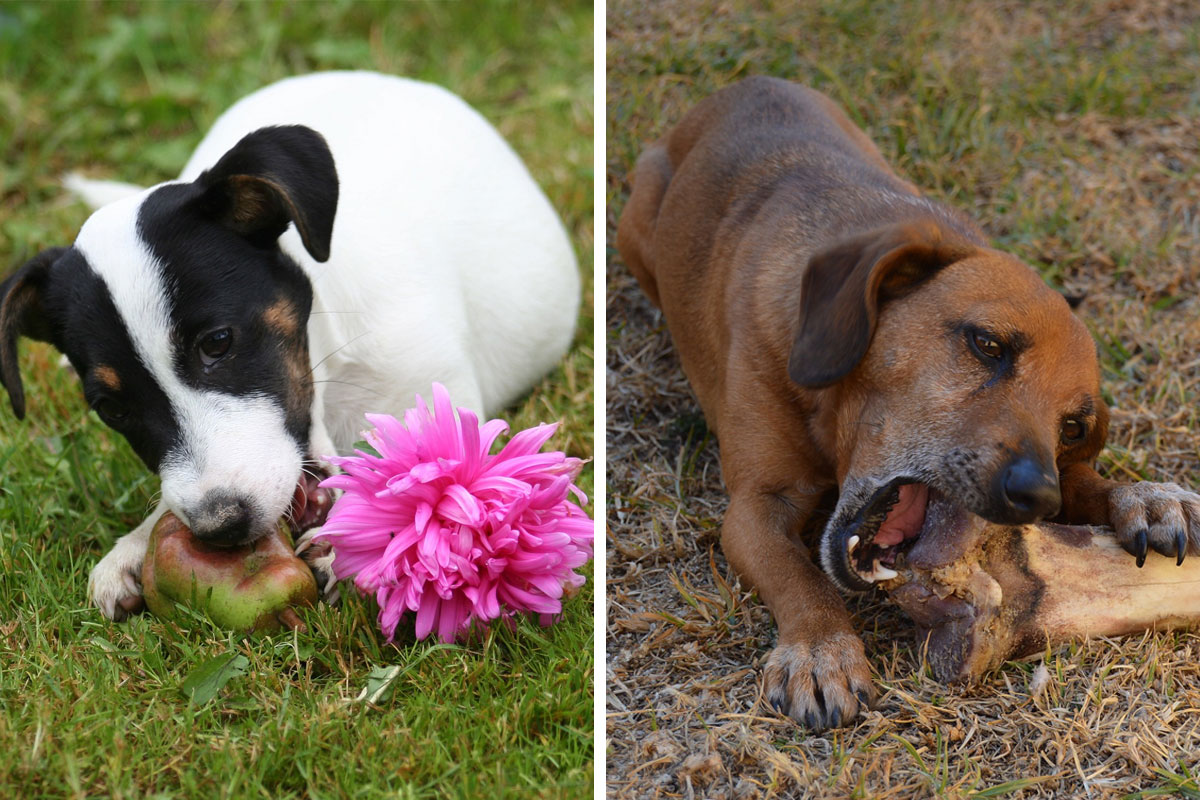
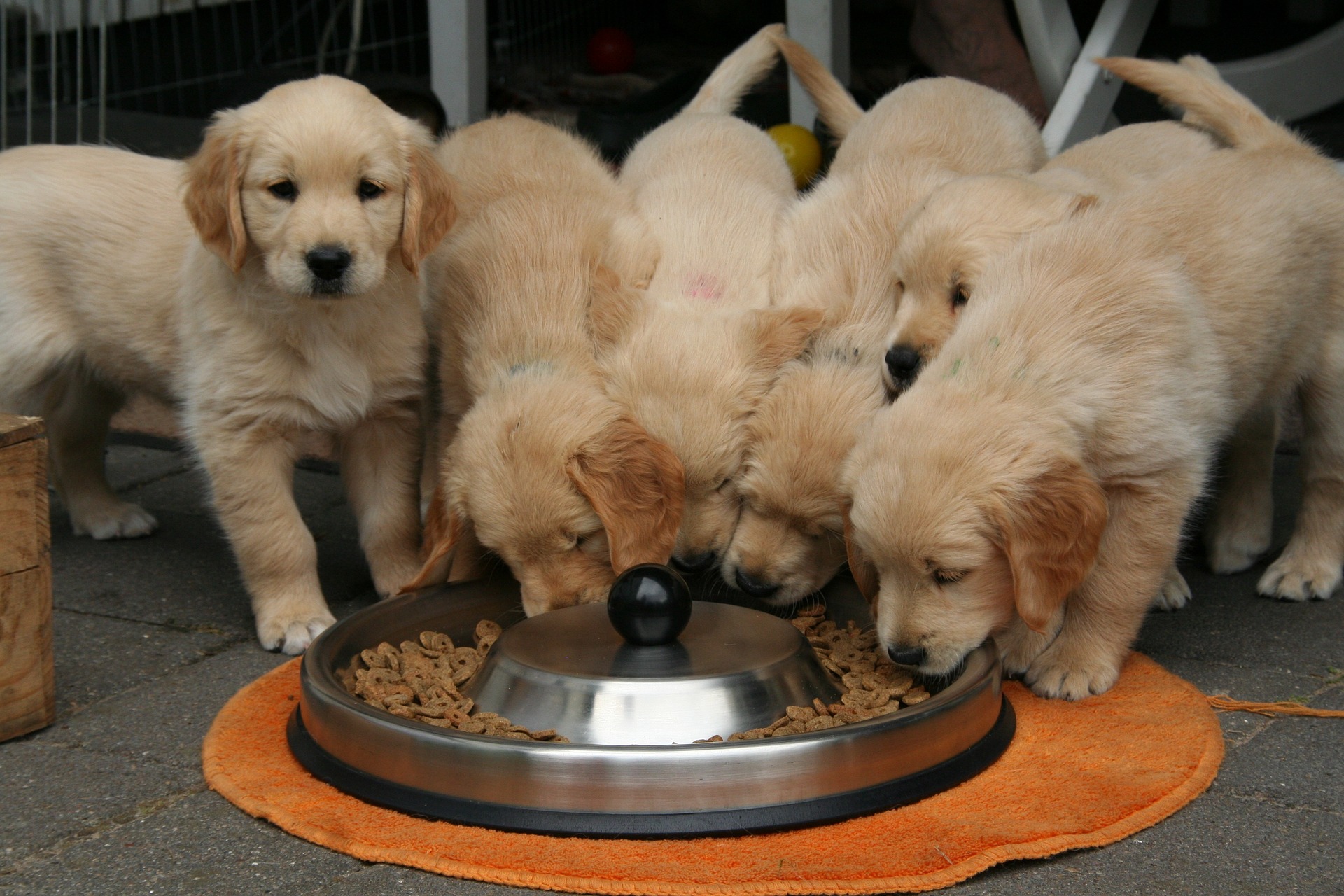
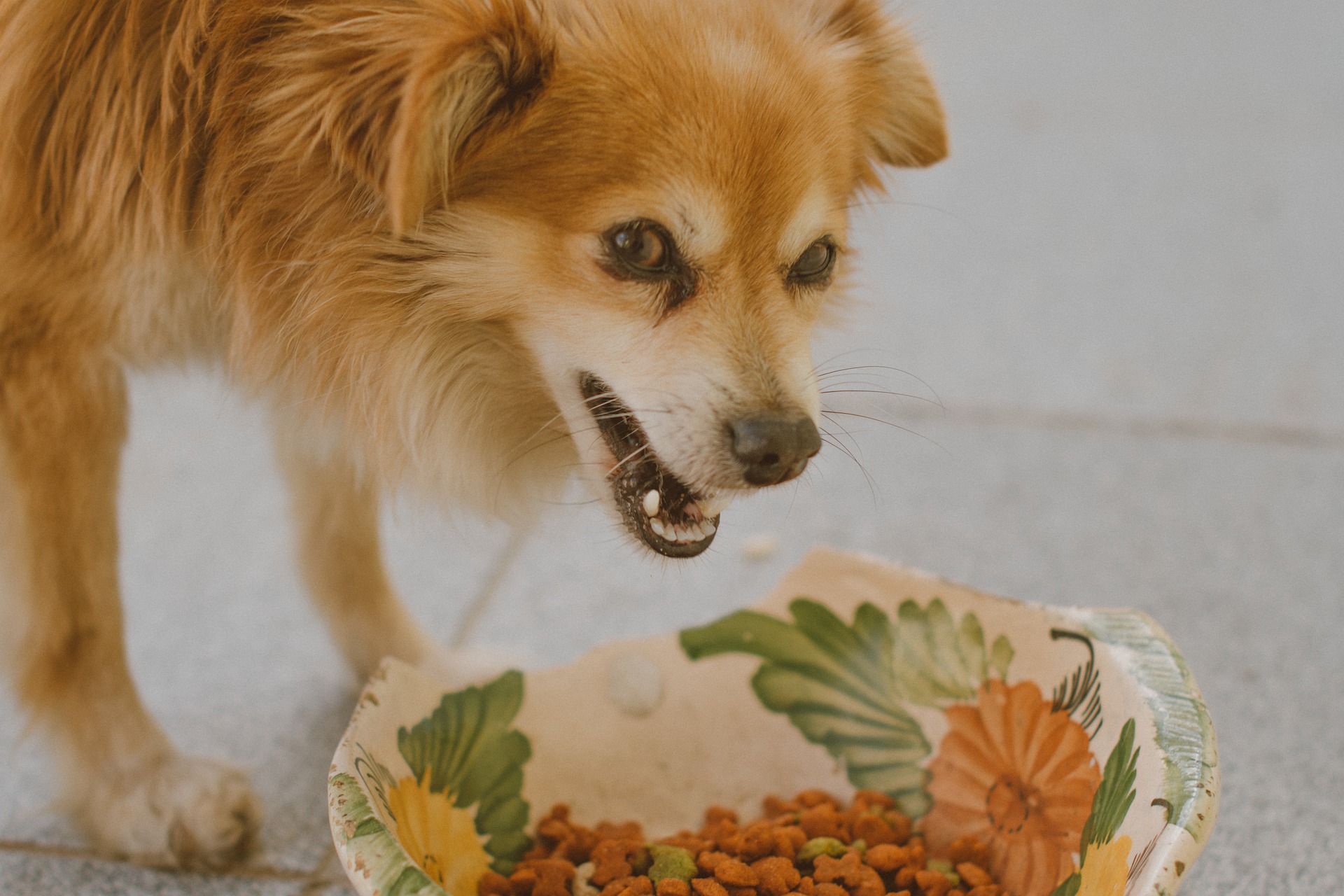
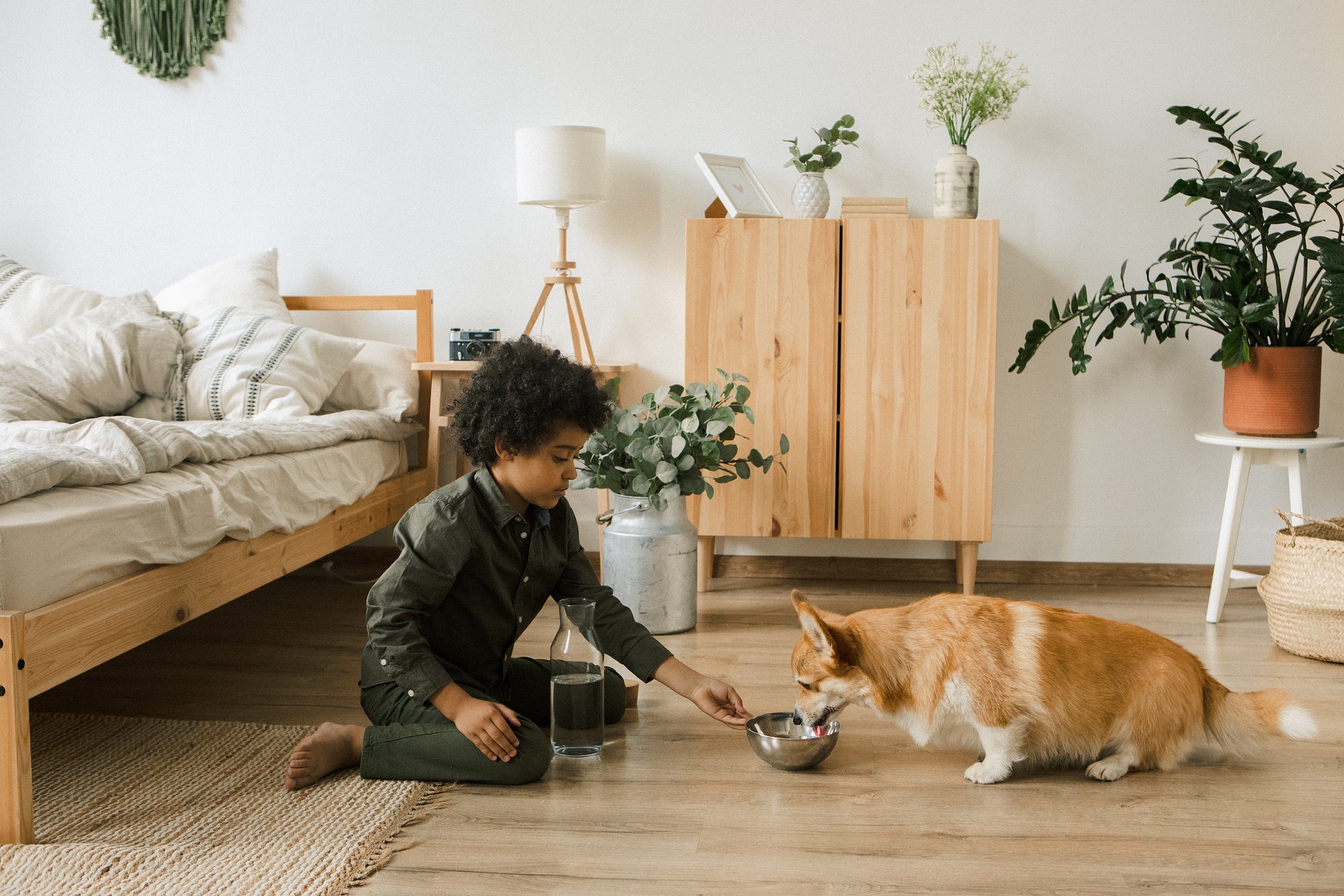
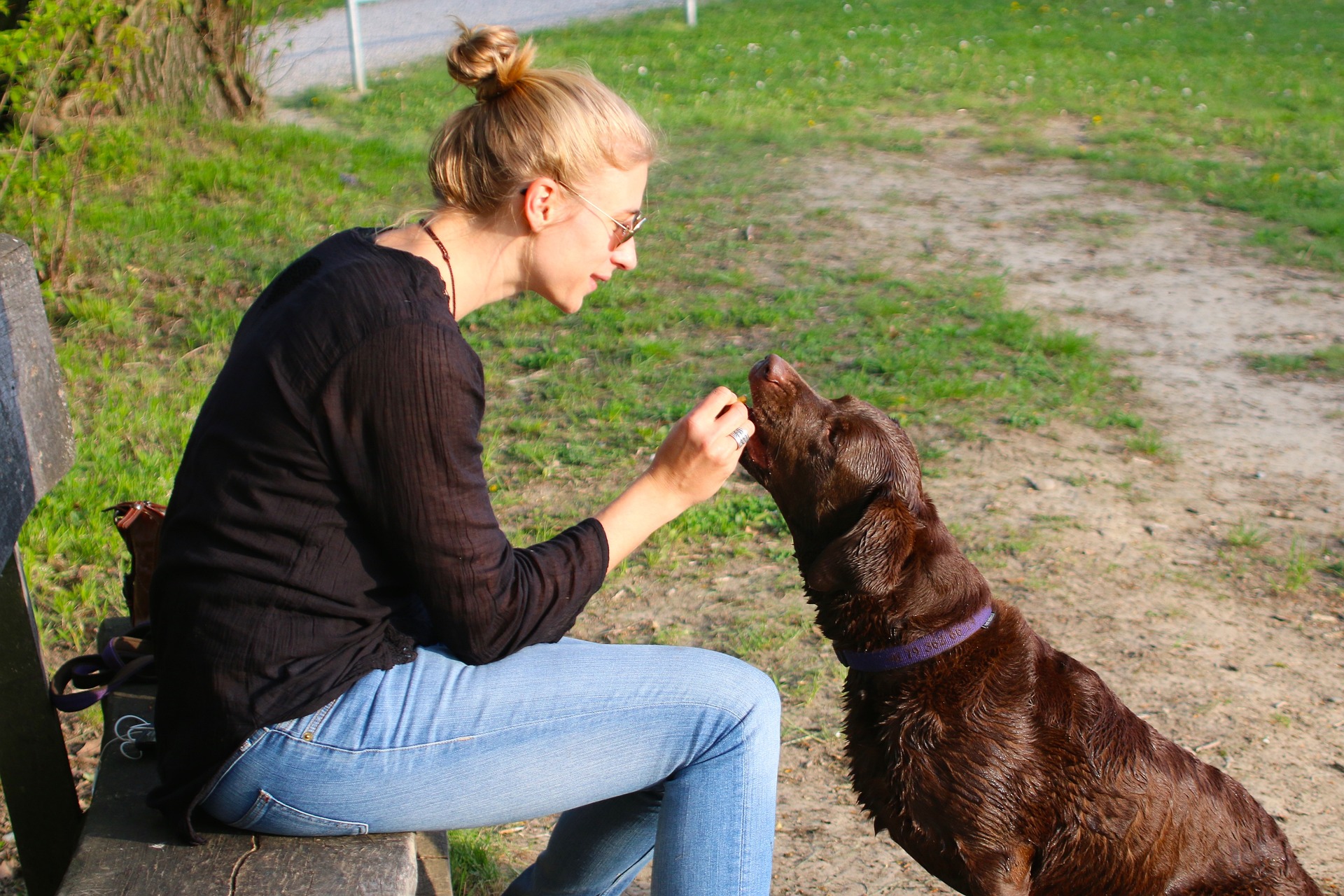



4
0